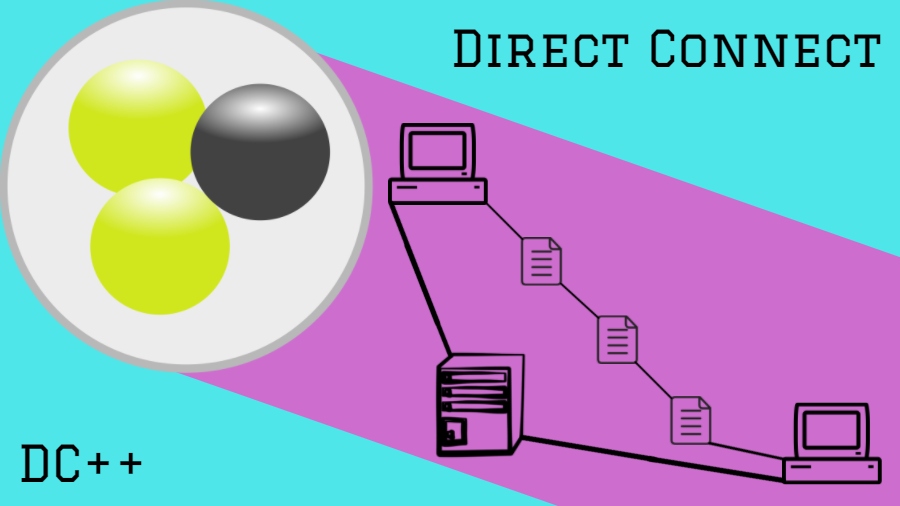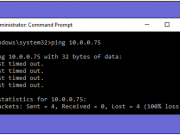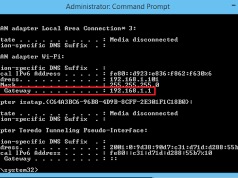
We all are familiar with the pain of computer viruses. It attaches itself to a program or file, enabling it to spread from one computer to another, leaving infections as it travels. Almost all viruses are attached to an executable file, which means the virus may exist on your computer, but it actually cannot infect your computer unless you run or open the malicious program. These viruses can affect your computer in a very bad way as it can slow down the performance, might corrupt your system files, make some programs faulty or corrupt or just damage your boot sector creating problems when you boot into the windows. Computer viruses have flooded the computer user for a long time now. Here are five most dangerous and Worst Viruses For the Computers.
Also Read – Top 5 Methods Hackers Used To Hack Facebook Accounts: Must Know About Them
1. ILOVEYOU
The ILOVEYOU virus is considered one of the most active computer virus ever created. At the time it was the biggest malware a computer can get. The bug was transmitted via e-mail having a subject line “ILOVEYOU” which was a conception appealing to many of us with an attached file to it which reads as a Love-Letter-For-You.TXT.vbs. As soon as the file was opened, the virus took the liberty of e-mailing itself to the first 50 contacts present in the Windows address book and also infected the multimedia files saved in the system causing damage that amounted to $5.5 billion.
2. Melissa
It was the first mass-mailing macro virus of e-mailing which became the breaking news across the world on March 26, 1999. It came with an attachment with an email with the subject line “Important Message from ]the name of someone[,” and body text that reads “Here is that document you asked for…don’t show anyone else wink emoticon”. The attachment is often named LIST.DOC. which when opened, disables a number of safeguards in Word 97 or Word 2000, and, if the user has the Microsoft Outlook e-mail program, causes the virus to be resent to the first 50 people in each of the user’s address books.
3. MY Doom
My Doom was introduced to the computer on 26th January 2004 and this malware sent a Shockwave around the world as it scattered exponentially via e-mail with random senders’ addresses and subject lines. It was also known as “Novarg” is reported to be the most dangerous virus ever released. It destroyed the cyber world with one message on email which reads “Mail Transaction Failed.” But, as soon as the message is clicked upon, the attachment is executed and the worm is transferred to email addresses found in the user’s address book. This activated a tremendous denial of service attack that infected close to about two million PCs.
Also Read – Top 5 Best Android Games For TimePass: Must Try In 2016
4. Code Red
It broke down the cyber world on July 13, 2001. It was a very sneaky virus which took advantage of a flaw in Microsoft Internet Information Server. Unlike the other viruses, this one did not require you to open an e-mail attachment or run a file instead all what a Code Red required was an active Internet connection with which it ruined the Web page that you opened by displaying a text “Hacked by Chinese!”
5. Sasser
It was discovered in 2004, which initially affected the OS windows. The effects of this virus were incredibly disruptive, with millions of computers being infected, and important, critical infrastructure affected. The worm took advantage of a buffer overflow vulnerability in Local Security Authority Subsystem Service (LSASS), which controls the security policy of local accounts causing crashes to the computer. It will also use the system resources to propagate itself to other machines through the Internet and infect others automatically. The virus also changed the victim’s operating system in a way, making it even hard to reset without cutting the power which is called payload and it can slow down and even crashes the computer.
Also Read – Top 5 Best Operating Systems For Hackers: Must See them
These were the top 5 dangerous viruses for computers. Leave your comment in the comment box, if you want to know more about these kind of articles. Don’t forget to share the post. Follow techxerl on twitter and Subscribe us for the latest updates.





















